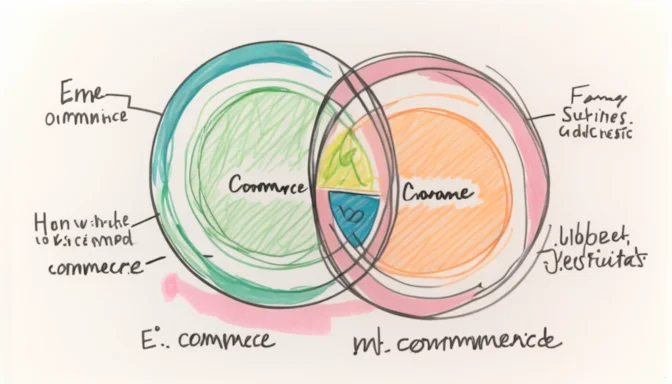What is E-commerce and M-commerce?

E-commerce refers to online buying and selling, while M-commerce focuses on transactions through mobile devices like smartphones and tablets.
Examples of E-commerce and M-commerce
E-commerce platforms are generally websites, whereas M-commerce includes mobile banking, in-app purchases, and digital wallets like Apple Pay and Google Pay.
Key Differences Between E-commerce and M-commerce

E-commerce is a broader term that includes all online transactions. M-commerce is a specialized subset that focuses on mobile device transactions, offering added features like ubiquity and instant connectivity.
Importance of Mobile Commerce in Marketing

M-commerce plays a key role in modern marketing. It allows for transactions anywhere and anytime, extending the reach of e-commerce.
Examples of Mobile Marketing

Key mobile marketing methods include SMS promotions, in-app ads, and QR code scanning. These strategies aim to enhance user engagement and boost sales.
Five Attributes of Mobile Commerce

M-commerce offers five value-added features: ubiquity, convenience, instant connectivity, personalization, and localization. These features make it appealing to businesses and consumers alike.
The Basics of M-commerce

M-commerce facilitates transactions via mobile devices, offering an enhanced, faster, and safer version of e-commerce functionalities.
 E-Commerceo
E-Commerceo
